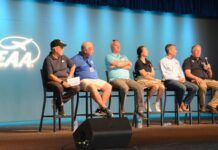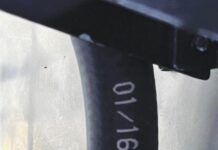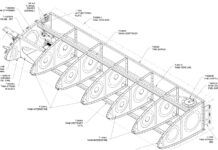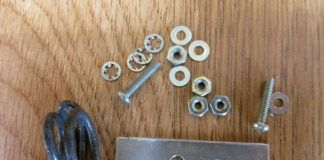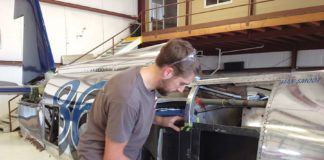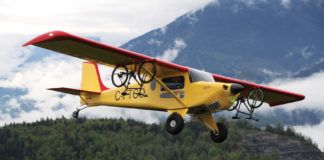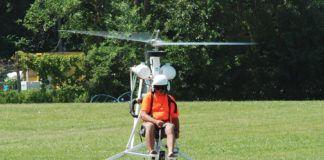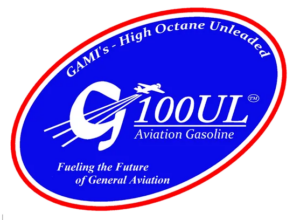 George Braly of GAMI looked to the past before discussing the future by revisiting something Mike Kraft of Lycoming said last year at AirVenture, and that was that we’ve got to stop loving this problem and start fixing it. The problem in question is finding a suitable alternative fuel for aviation.
George Braly of GAMI looked to the past before discussing the future by revisiting something Mike Kraft of Lycoming said last year at AirVenture, and that was that we’ve got to stop loving this problem and start fixing it. The problem in question is finding a suitable alternative fuel for aviation.
When Braly asked the 200 or so attendees at his forum whether they thought the uncertainty about 100LL was depressing purchasing decisions about GA aircraft, the show of hands was almost unanimous, and Braly snapped a photo to send to the FAA.
For the last 18 months, GAMI (General Aviation Modifications, Inc.) has been running a Cirrus on G100UL, and continues to do so. According to Braly, the results have confirmed what they expected, which is that GAMI has a fine example of what Kraft was asking for, namely a suitable alternative to 100LL in its G100UL.
However, “From December 2009 to March 2011 the G100UL project essentially has made no certification progress,” Braly said. They had to fix the certification problem. Braly now believes they have, “with some excellent work by some key people in the FAA.”
What Braly calls the “Restart Team” has had a series of “very productive meetings” and “there is agreement on all of the issues that had stalled the process,” Braly said. “What we really need is to find a fuel that works, and then write a new STC around the fuel that works.”
So how is GAMI G100 UL different from 100LL, and will those differences be operationally significant to the pilot? Braly asserts that there is nothing dramatically different about it, except that the distillation curve is slightly higher, and any deviation in the specifications make virtually no difference to how the engine operates. “The be all, end all is detonation,” he said.
At present, there are seven or eight places where 100LL is made, Braly said, and one of them is in Hawaii. Those are the only places left that still have the infrastructure to handle TEL (tetray ethyl lead). And a lot of transportation is lost in the last 300 miles from the refinery to the airport, so there’s not much price competition because competition can only come at the margins. This creates a natural oligopoly, Braly said.
However, in Ada, Oklahoma (GAMI HQ), there are two small to medium refineries within 42 miles, and each of them could refine G100UL. This means competition, and this is repeatable across the country, Braly said.
As far as the economics of refining it, “The economics for G100UL are absolutely transparent to the people in the refining industry,” Braly said. Why? Because all of the components are stuff that “any purchasing agent working for a refinery anywhere can price out in an afternoon and have delivered in large quantities (barge or train) anywhere in North America. Every time we run the numbers, the pricing comes out close to 100LL when the fuel is made in typical refinery quantities.”
Braly asserts that everything on the “laundry list” of hurdles has been addressed, including detonation, chemical compatibility with wetted engine components, chemical compatibility with airframe components, etc. And it wouldn’t be that difficult to get refineries to retool for G100UL; it would take some retooling, but not much. “You can tweak reaction points,” he said, “and I wouldn’t anticipate significant costs to refineries.”
The “Restart Team” has made some requests to facilitate rollout, which are being worked on. Still, “There’s not a lot of incentive for the oil companies to upset the status quo,” Braly said.
Note: Doug McNair of the FAA was also scheduled to appear at AirVenture to discuss avgas developments, but the forum was canceled due to lack of funding.






